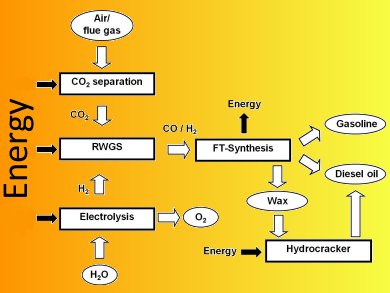During the last 60 years, the global primary energy consumption has grown by a factor of 4.5, whereas the global population has only increased by a factor of 2.5. Hence, the average global requirements have almost doubled from 1 t of oil equivalent (1 toe= 41.87 GJ) per capita (pc) and year to 1.8, mostly driven by the increasing energy demand of industrialized countries in North America and Europe.
A team around Andreas Jess, University Bayreuth, and Christian von Olshausen, SunFire GmbH, both Germany, analyzed the 21st century sustainability threats and dealt with three key questions:
- What is the energy demand per capita to ensure the welfare of a society?
- What is the maximum global energy consumption to ensure stable ecosystems?
- How do we reconcile the world’s future energy demand to ensure welfare for all people with the absolute necessity to preserve the integrity of the biosphere?
They concluded that high-income countries with a current high energy demand of up to 8 toe pc have to reduce their demand to 2 toe pc. This value is still sufficient without cutbacks in welfare and should, therefore, been taken as the target. Current low-income countries should develop and increase their consumption until 2 toe pc are reached.
The only solution to provide globally an average energy consumption of 2 toe pc without increasing the ecological footprint is a strong reduction of the single largest demand humanity puts on the biosphere — namely the carbon (CO2) footprint. This accounts for 50 % of the ecological footprint. One option to reduce this is the utilization of concentrated solar power in a four-step process: separation of CO2 from flue gases or in the best case from air, H2 production by water electrolysis driven by solar power, CO production by reverse water gas shift, and finally synthesis of renewable liquid fuels by Fischer-Tropsch synthesis (FTS).
Image: © Wiley-VCH
- Considerations concerning the Energy Demand and Energy Mix for Global Welfare and Stable Ecosystems,
A. Jess, P. Kaiser, C. Kern, R. B. Unde, C. von Olshausen,
Chem. Ing. Tech. 2011, 83 (11), 1777–1791.
DOI: 10.1002/cite.201100066




